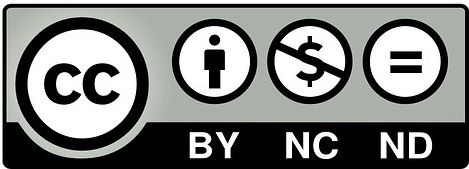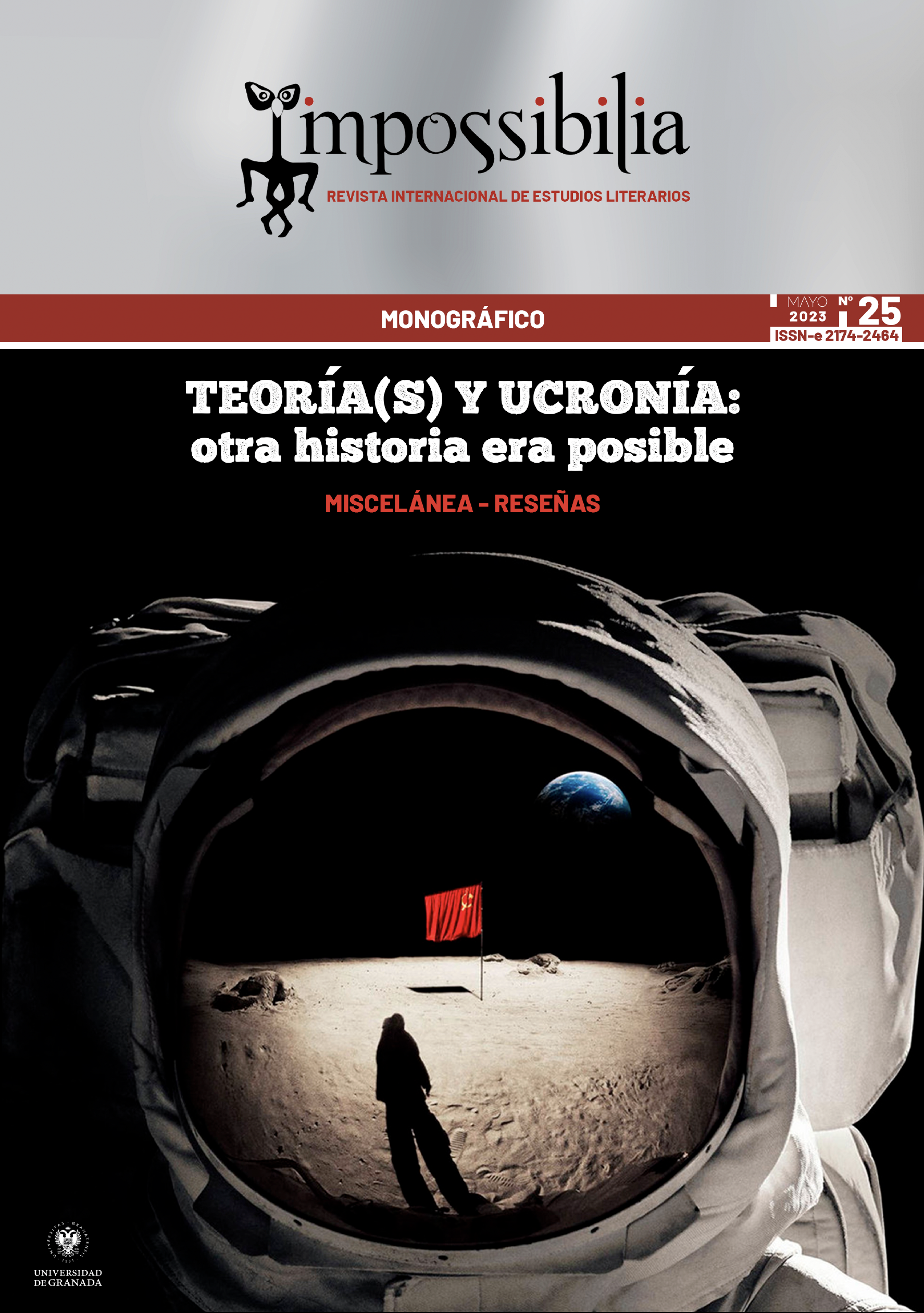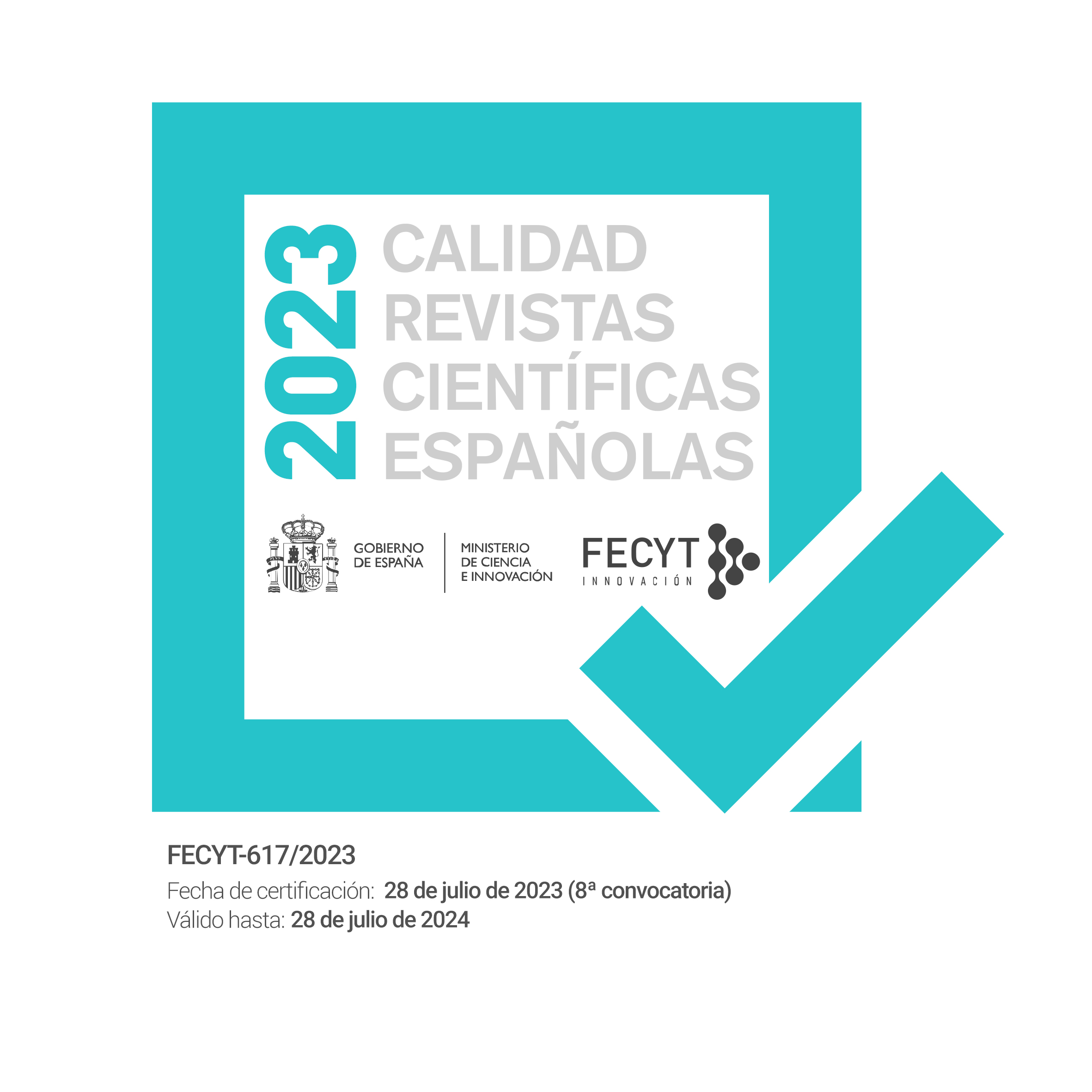"Watchmen" Between Languages and Cultures: Translation Analysis of a Uchronic Fictional World Built in the Field of Graphic Narrative
DOI:
https://doi.org/10.30827/impossibilia.252023.26927Keywords:
comic book translation, fictional world, graphic novel, translation problem, uchrony, WatchmenAbstract
This paper consists of the translation analysis of a fictional world built within a story pertaining to the field of graphic narratives. Specifically, the transfer between English and Spanish of conceptual, narrative, and linguistic components that enable readers to evoke the uchronic universe presented in Watchmen by Moore, Gibbons and Higgins (published in 1985) will be studied. In this article, theoretical concepts such as “fictional world”, “functionalism”, and “translation problem” will be explored and a practical observation of a selection of translation problems (detected after an integral analysis of this graphic novel) will be carried out to determine the functionality of the proposed options regarding the display of this hypothetical context in the target culture.
Downloads
References
ALCINA FRANCH, José. (1999). Evolución social. Madrid: Akal.
DOLEŽEL, Lubomir. (1998). Heterocósmica: ficción y mundos posibles. Madrid: Arco Libros.
EISNER, Will. (1985). Comics and Sequential Art. Tamarac: Poorhouse Press.
GLADCHUK, John. (2007). Hollywood and Anticommunism. New York, London: Routledge.
GRANTLEY, Darryll. (2013). Historical Dictionary of British Theater: Early Period. Lanham: Scarecrow Press.
HERRERA HERMOSILLA, Juan Carlos. (2016). El mundo escindido: Historia de la Guerra Fría. Madrid: Punto de Vista Editores.
HURTADO ALBIR, Amparo. (2001). Traducción y Traductología: Introducción a la Traductología. Madrid: Cátedra.
KAYE, Simon. (2010). Challenging Certainty: The Utility and History of Counterfactualism. History and Theory, 49(1), 38-57.
KIRALY, Donald. (1995). Pathways to Translation: Pedagogy and Process. Kent: Kent State University Press.
MARTÍNEZ, Michael. (2015). The Safety of the Kingdom: Government Responses to Subversive Threats. New York: Carrel Books.
MAYORAL ASENSIO, Roberto. (2001). Aspectos epistemológicos de la Traducción. Castellón de la Plana: Publicaciones de la Universitat Jaume I.
McCloud, Scott. (1993). Understanding Comics: The Invisible Art. New York: Harper Perennial.
MERRIAM-WEBSTER INCORPORATED (2022). Dictionary by Merriam-Webster. HTML (Vers. 2.1.1). https://www.merriam-webster.
MOORE, Alan, GIBBONS, Dave & HIGGINS, John. (2008). Watchmen. New York: DC Comics.
MOORE, Alan, GIBBONS, Dave & HIGGINS, John. (2016). Watchmen (Trad. Felip Tobar Pastor). Barcelona: ECC Ediciones.
MUNDAY, Jeremy (2016). Introducing Translation Studies. Theories and Applications. New York, London: Routledge.
MUSHA, Takaaki. (2018). Field Propulsion System for Space Travel. Sharjah: Bentham Science Publishers.
NORD, Christiane. (2018). Translating as a Purposeful Activity: Functionalist Approaches Explained. New York, London: Routledge.
PRINCE, Gerald. (2003). A Dictionary of Narratology. Lincoln: Nebraska University Press.
REAL ACADEMIA ESPAÑOLA (2022). Diccionario de la Lengua Española. HTML (Vers. 1.4.2). https://www.dle.rae.es
REISS, Katharina & VERMEER, Hans Josef. (1984). Grundlegung einer allgemeinen Translationstheorie. Berlin: Niemeyer.
RENOUVIER, Charles. (1876). Uchronie. Paris: Fayard.
REYNOLDS, Richard. (1994). Super Heroes: A Modern Mythology. Jackson: University Press of Mississippi. Jackson: University Press of Mississippi.
RODRÍGUEZ RODRÍGUEZ, Francisco (2019). Cómic y traducción: preliminar teórico-práctico de una disciplina. Madrid: Sindéresis.
RONEN, Ruth. (1994). Possible Worlds in Literary Theory. Cambridge: Cambridge University Press.
RYAN, Marie-Laure. (1980). Fiction, Non-Factuals and the Principle of Minimal Departure. Poetics, 9, 403-422.
SEARLS, Damion. (2017). The Inkblots: Hermann Rorschach, His Iconic Test, and the Power of Seeing. Nueva York: Crown.
SIRÉN, Seija & HAKKARAINEN, Kai. (2002). Expertise in Translation. Across Languages and Cultures, 3(1), 71-82.
STEIN, Daniel & THON, Jan-Noël. (2015). From Comic Strips to Graphic Novels. Berlin: De Gruyter.
STUDENIKIN, Alexander. (2009). Particle Physics on the Eve of LHC. Danvers: World Scientific Publishing.
SZYMYSLIK, Robert. (2019). Estudio de los problemas de traducción vinculados a mundos ficticios: Fahrenheit 451 de Ray Bradbury. Sevilla: Universidad Pablo de Olavide.
TOURY, Gideon. (1980). In Search of a Theory of Translation. Tel Aviv: Porter Institute for Poetics and Semiotics.
TOURY, Gideon. (2004). Los estudios descriptivos de traducción y más allá. Metodología de la investigación en Estudios de traducción. Madrid: Cátedra.
UNESCO (2022). Index Translationum. HTML (Vers. 1.5.4). https://www.unesco.org/xtrans/bsform.aspx?lg=0.
VALERO GARCÉS, Carmen. (2007). Modelo de evaluación de obras literarias traducidas. Berna: Peter Lang.
VAN NESS, Sara. (2010). Watchmen as Literature: A Critical Study of the Graphic Novel. Jefferson: McFarland.
WELCH, Rosanne & LAMPHIER, Peg. (2019). Technical Innovation in American History: An Encyclopedia of Science and Technology. Santa Bárbara: ABC-Clio.
ZANETTIN, Federico. (2015). Comics in Translation. New York, London: Routledge.
Published
How to Cite
Issue
Section
License
Copyright (c) 2023 Impossibilia. Revista Internacional de Estudios Literarios

This work is licensed under a Creative Commons Attribution-NonCommercial-NoDerivatives 4.0 International License.

You are free to share, copy and redistribute the material in any medium or format under the following terms: You must give appropriate credit, you may not use the material for commercial purposes and No Derivatives. Commits to respecting third party intellectual property rights.
Reception and proccesing of papers has no costs for authors.
Author assumes responsibility for the ideas contained in the article.
Papers must be original and must not have been published before and at the moment they are submitted, papers should not be in the process of evaluation by any other electronic or printed media.
The authors are allowed and recommended to publish their published work through the internet. It could produced interesting exchanges and increase the published work citation. (See El efecto del acceso abierto).



















